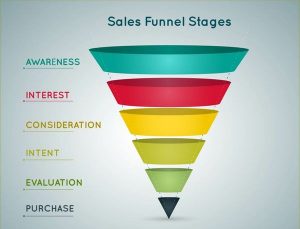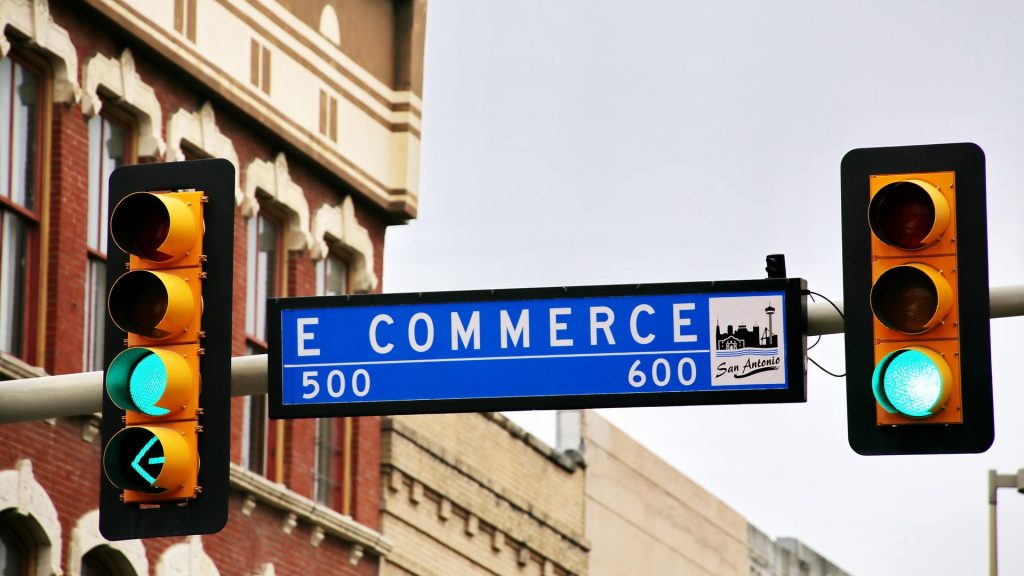E-commerce has experienced exponential growth over the past few years (especially in 2020, leveraged by the Covid-19 pandemic), thus accelerating the digital transition of companies. However, for the online store to be successful, it is necessary to define a marketing strategy that contributes to the store’s dissemination and growth.
One of the strategies you can use is Inbound Commerce. Inbound commerce is nothing less than the strategy Inbound marketing applied to e-commerce, ie the use of techniques that attract consumers through relevant content, making it the consumer to find the store and not the store looking for the consumer.
Did you know that only 3% of people who visit a website intend to buy? 🤔
In order to work with the remaining 97% of visitors, we must pay attention to the consumer’s purchase journey.

The image above shows us the Sales Funnel, which characterizes the Inbound strategy, verifying that the first step is to attract visitors. This stage consists of the production of attraction content, and one of the most common techniques is the construction of a Landing Page. The landing pages are pages with few elements and have only one call to action leading to ensure the conversion.
Another technique is email marketing. This is a technique that has been discredited in recent years, however, it continues to be heavily used by companies. The objective of this technique is to create value for the product/service and encourage purchase. Social networks are also an essential tool to Digital Marketing, in that they permit the disclosure of landing pages and attracting content.
The success of the nutrition/attraction phase will affect the consumer’s entire purchase journey.
